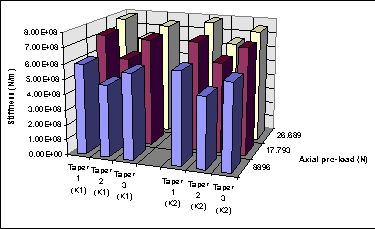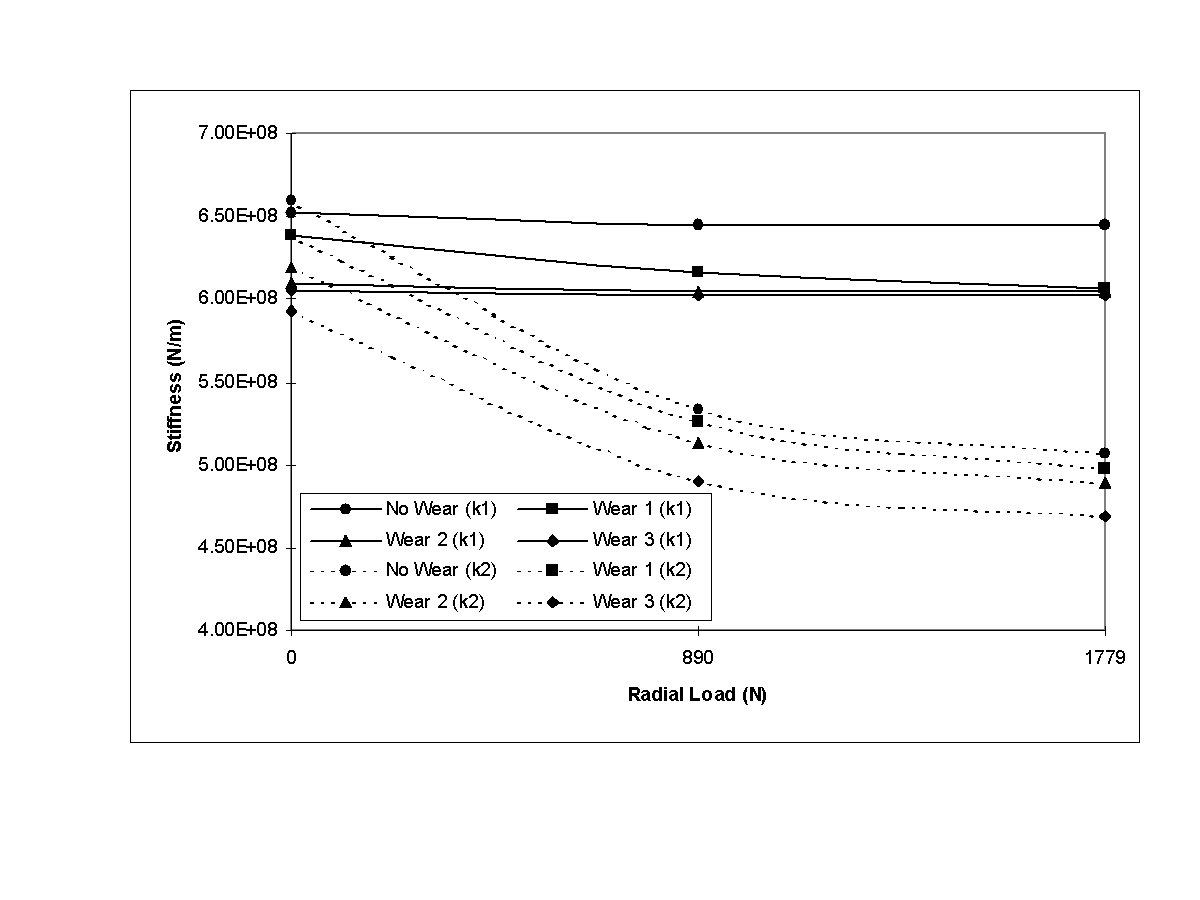 Taper Joint Dynamics
Taper Joint Dynamics
![]()
The spindle-toolholder taper joint is a key source of structural weakness in spindle systems and can account for 25% to 50% of the total deformation at the tool tip. The spindle-toolholder taper joint can also contribute to the poor finish of a workpiece or excessive vibration when the stiffness of the joint becomes lower than the desired level due to wear or improper pre-load. The uncertainty in the joint stiffness of tapers is known to contribute to the difficulty in predicting the performance of machining processes.
This project is concerned with the joint stiffness characteristics of the standard 7/24 taper interface. Experimental identification of joint stiffness parameters has been performed on various No. 50 tapers, using a special test set-up, by implementing a newly developed frequency response function based method for joint parameter identification in conjunction with finite element modeling of the sub-structure. The effects of axial and radial loading as well as taper wear on the taper joint stiffness have been examined.
The work has shown that taper joint stiffness non-uniformly increases with axial
pre-loading and decreases with radial loading. In addition, it has been
determined taper interface wear significantly decreases joint stiffness (see the
illustrations below).
 |
 |
| Taper joint stiffness with varying axial preload | Taper joint stiffness vs wear under varying radial load |